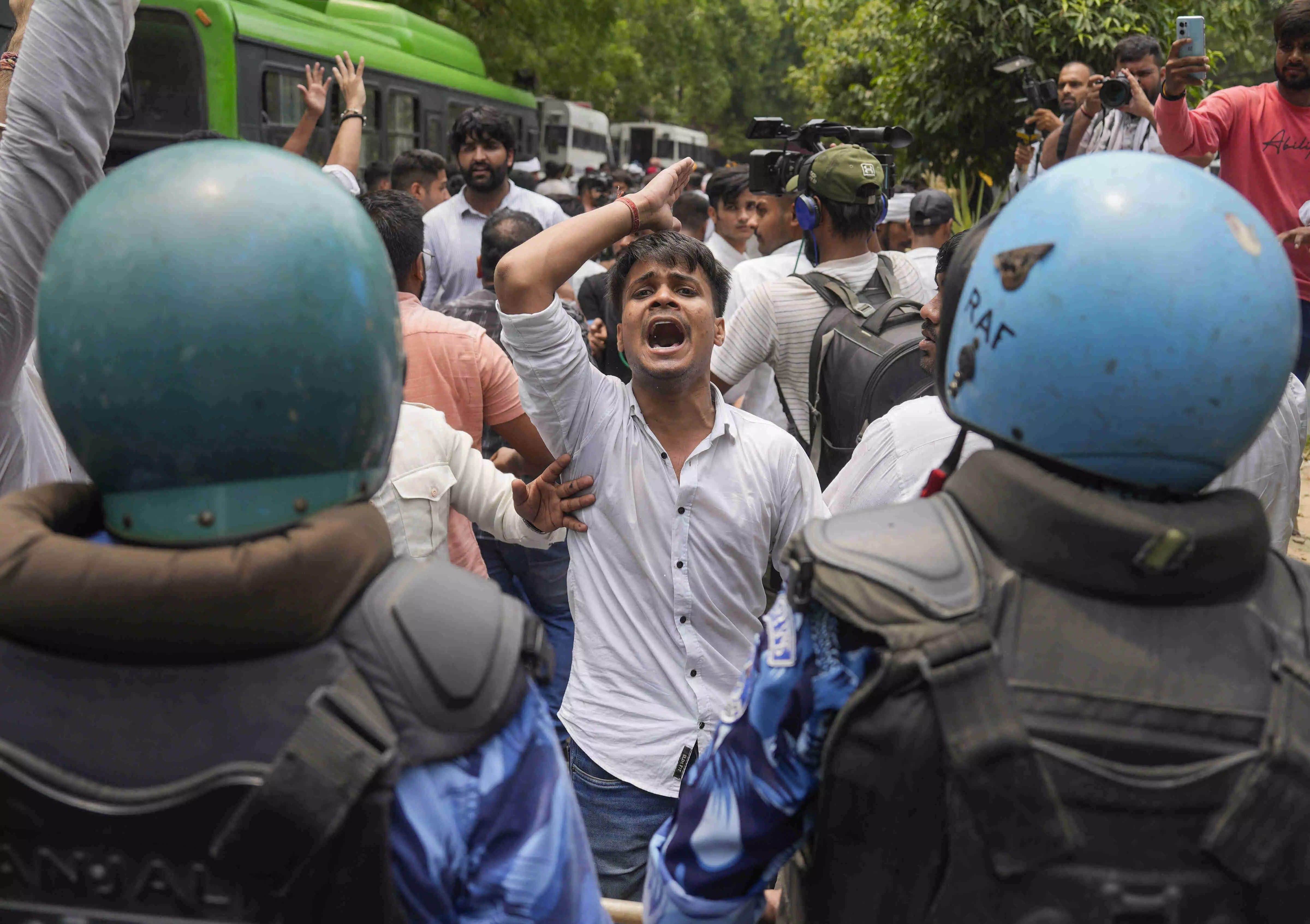Unfavourable signs

There appears to be no end in sight for the turmoil created by the NEET-UG exam controversy, followed by the UGC-NET fiasco. While the entire episode is indeed a cause of disappointment and shock, it also offers an opportunity to weed out long-persisting ailments in the system. Given the heated space the issue has acquired in public discourse, all the important stakeholders — from investigating agencies to the Supreme Court — have sprang into action, at least in optics.
The re-examination of NEET-UG, mandated by a Supreme Court order, has revealed interesting insights. Out of the 1,563 candidates eligible for re-examination, merely 813 appeared for the exam — marking a 48 per cent absenteeism. The candidates selected for re-examination were those whom the National Testing Agency (NTA) had doled out grace marks without transparent criteria. The significantly large percentage of absenteeism is a matter of intrigue, prompting one to speculate the underlying reasons. One possible reason behind the significant absenteeism could be the students’ disenchantment with the examination process, thanks to the eroding credibility of NTA. However, a more convincing explanation is provided by the theory that the candidates might be under pressure to repeat their previous scores. In fact, this also indicates the possibility of fraudulent/faulty methods that might have been deployed during the original NEET-UG exams.
Interestingly, among the candidates eligible for re-examination, a large number, i.e., 417, came from Swami Atmanand Utkrisht Hindi Medium Government Girls High School in Dantewada, of which merely 176 candidates appeared for re-test. There were similar clusters from different parts of the country. The glaring absence of candidates has come despite the fact that the Supreme Court clearly mentioned in its judgement that grace marks of students who skip the exam would be deducted from the original marks. A lot can be inferred from these happenings, though it would be wrong to jump to any conclusion as of now.
However, it is pertinent to note that a certain degree of validation for prevailing inconsistencies has already come in. Notably, 63 students were debarred in relation to irregularities related to NEET, including 17 from Bihar, and 30 from Godhra in Gujarat. Before handing over the probe to CBI, Bihar Police’s Economic Offences Unit (EOU) has found details that are indicative of the involvement of the exam mafia and its role in the latest controversies.
In fact, this is an issue that has been lingering in large parts of India for quite a long time. The existence of a well-organised network of middlemen involved in the leak of papers and other “settings” is something very openly and widely talked about in rural pockets of the country. INC’s Priyanka Gandhi Wadra even went on to state that the government has "handed over" the entire education system to the "mafia" and the "corrupt".
Indeed, the multilayered problem in the NEET exam structure has not manifested in a short period and is rather a cumulative fallout of long-persisting neglect. The time has arrived to overhaul the entire system and hold concerned individuals and entities accountable for the current fiasco. Apart from weeding out unscrupulous systemic elements, there is also a need to explore newer technologies to find a fix to the problem.



